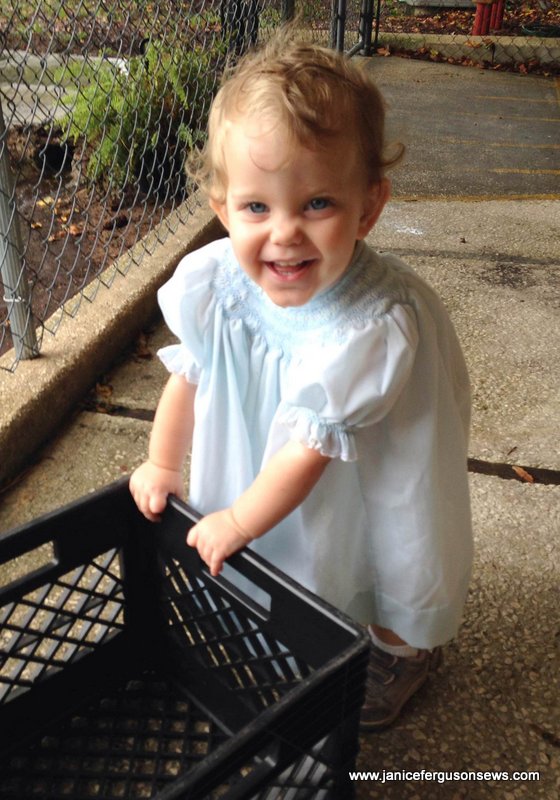
Blue bishop, 2014–Last week at nursery school, Vivian Rose was cute and comfortable. She is wearing a bishop dress made 32 years ago for her mother, Rebecca. True to the adage that any bishop is good for 3 sizes, this size 3 dress fits our 16 month old just fine after the hem was taken up. And it will fit for a long time.
Recently, I’ve changed my thoughts and opinions about the use of heirloom/smocked garments. From this post title, it’s likely you can tell where I now stand on the issue of packing away my lovingly stitched heirlooms.
With their almost timeless appeal and classic style, they can be worn in any fashion era. Until recently, my plan for their future was that they be carefully packed away in acid free tissue and then be passed down to the next baby in the family–whenever that might be. I felt certain that the style and stitchery would still be appropriate.  Often, that is exactly what happened, i.e. the Imperial batiste bishop dress shown above and below.
But I hadn’t expected that they would be put in service for everyday use, like at Vivian Rose’s pre-school. There, painting, bib-free eating, and rough and tumble playground time are daily events. And no child tumbles more roughly this little dynamo.
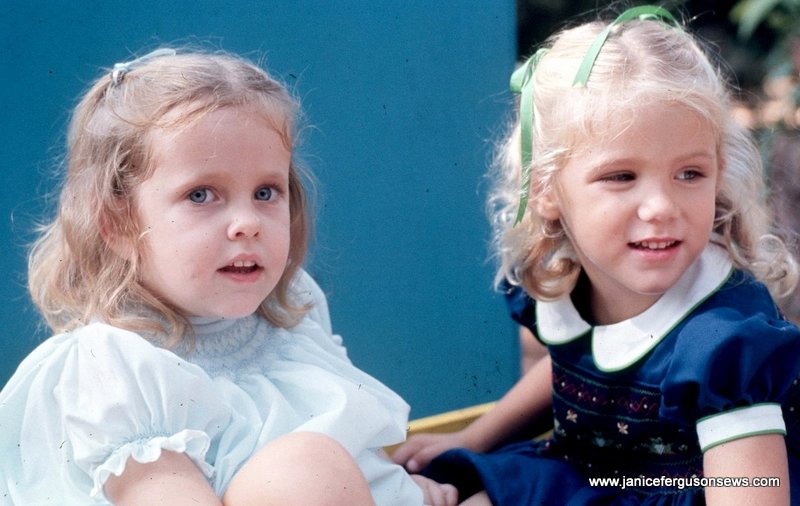
Blue bishop 1982–Rebecca, Vivian Rose’s mother, wearing the same blue bishop dress.
Again and again, the smocked and heirloom things I have made have been passed down the line, always to my great satisfaction and pleasure.  Further below are several examples.
Two events have clarified my way of thinking. First was this dress, worn often by my daughter and then loaned out through the years to several friends.
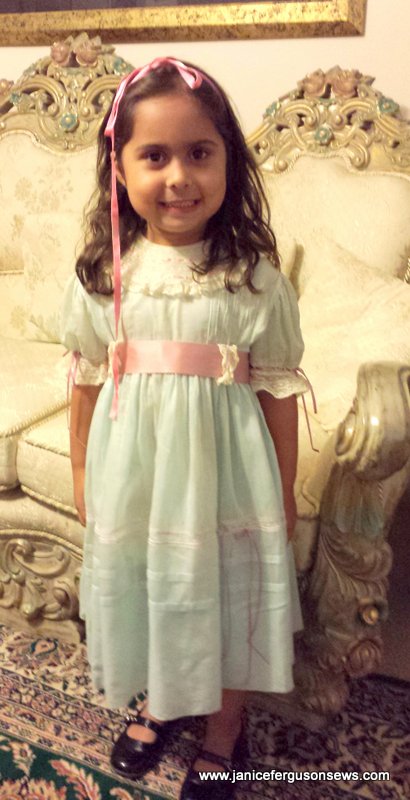
The last hurrah for a well loved dress. 2013
A family friend wore it for a special visit with grandmother. Alyia’s mother was cautioned that the tissue thin Swiss batiste dress and lace portrait collar might not come away undamaged, even with the perfectly ladylike behavior of her precious almost 5 year old.  As predicted and at the end of the evening visit the fancyband tore away from the skirt.  The soul of the dress went to that Great Walk-In-Closet in the sky. But in the adoring eyes of her grandmother, Alyia was a princess for the entire time.
As I counted the number of little girls and occasions on which the dress was worn, I felt no loss. There was only happiness in knowing that the long hours spent sewing the dress created a lot of smiles and happiness.
It reminded me of a freshly cut Douglas fir Christmas tree with its annual house perfume, lights, and decorations.  Certainly, like a child in a pretty dress, neither the dress nor the tree is as important as the child or the occasion. But each brings such a sweet joy while they are around. And yet, no later than mid-January, even the most pampered tree loses its fragrance and needles and is discarded.  Like a worn out heirloom dress, it has served its purpose. Maybe this example is a stretch, but I hope you can glean my meaning from it.
The second incident that clarified my opinion was the watermelon dress above. Just a few weeks ago at my local Goodwill store, I bought this size 2 bishop gem, nicely smocked, expertly constructed, and in absolutely perfect condition. The fabric is Spechler-Vogel microcheck. I know because it is a perfect match to some I have on hand.
After a cursory glance it was obvious that it is not commercially made. The watermelon bishop is mama-, auntie- or granny-made.  Hand made button loops, pearl buttons, French lace edging, and the hand stitched hem were all evidence of a lovingly made dress. Why was it for sale at Goodwill? Was it outgrown after it was worn a time or two for special occasions and then discarded?
I paid $1.49 for it. How sad. Whatever the reason for it being surrendered to Goodwill, why was it not instead gifted it to some other little girl?
In fact, it has been gifted to my sweet dgd Vivian Rose. I’ve told her mother to let her wear it anywhere, anytime–but not because it cost me so little. Like all of the things I have made for my grandchildren, this should be worn, not “saved” for some extraordinary occasion worthy of special costuming. Such occasions often come long after the child has outgrown the special garment.
I’m not saying that coming home outfits, first birthday dresses, christening gowns or other emotion laden garments ought not to be packed away. But for items of more common use, let them be worn! We almost always shower the precious children in our lives with a plentitude of smocked and heirloom sewn clothing. If they get stained or torn or ruined, we can always make more. And if that is not possible, isn’t it better that it be worn to death after generating attention and praise for a child–any child– than for it to be unworn and folded in a cedar chest? Or end up at Goodwill, valued at $1.49?
You’ve probably all heard the story about the elderly woman who died, leaving at the back of her bureau drawer a beautiful set of lingerie which had never been worn.  Gifted to her years before, it had never been out of the box. She had been saving her prettiest things for a special occasion, but nothing quite special enough came along before she was gone.
I do not want that to happen to anything I have made.
Here are some well-loved, often worn garments stitched for my children and grandchildren . Each of these outfits has been around the block more than a few times.
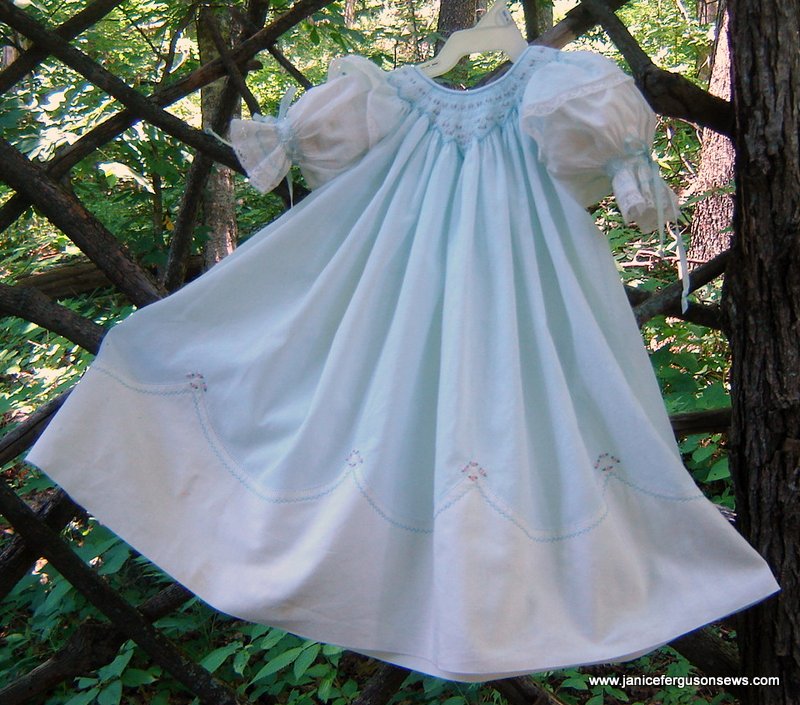
“Brother Bishop,” made in 1999 for a wedding. It was passed down and worn first by a flower girl, then dgd Laurel, and subsequently several other children. It still has plenty of life left.
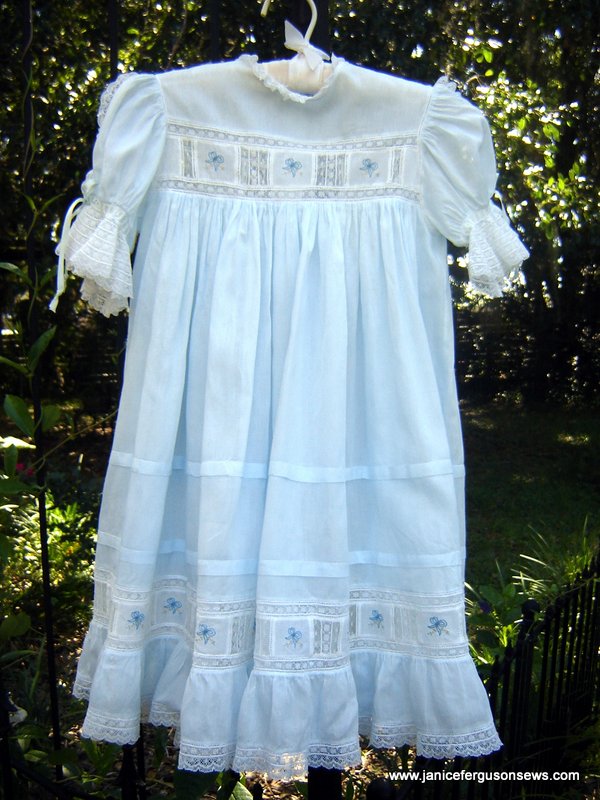
“Rebecca’s Bow Dress” was made in 1982 for by a precious little family friend to wear to a state dinner in Beijing with the Premier of China. After it was outgrown, it was “traded in” for credit toward another custom made heirloom dress. My Rebecca wore it for two years.
After Karoline, the original owner, outgrew her blue bow dress, it was lengthened so my Rebecca could wear it. After Rebecca, three other little girls pirouetted in blue Swiss batiste and bows.  Now, it waits for Vivian Rose to grow.
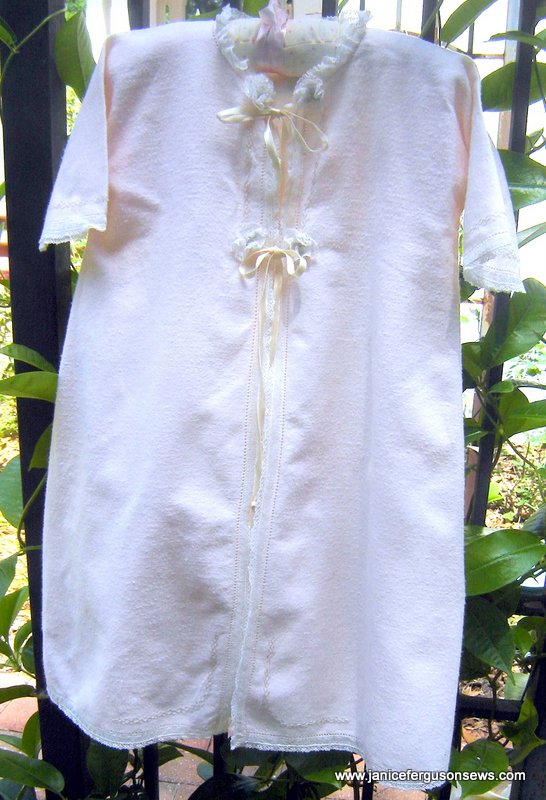
made in 1989–This classic kimono has been worn by all four of my grandchildren. It’s about ready for retirement or a chilly baby whose mother is not fussy.

1984–Laurel’s aunt, my gap-toothed Rebecca in the Little Fawn pinafore.
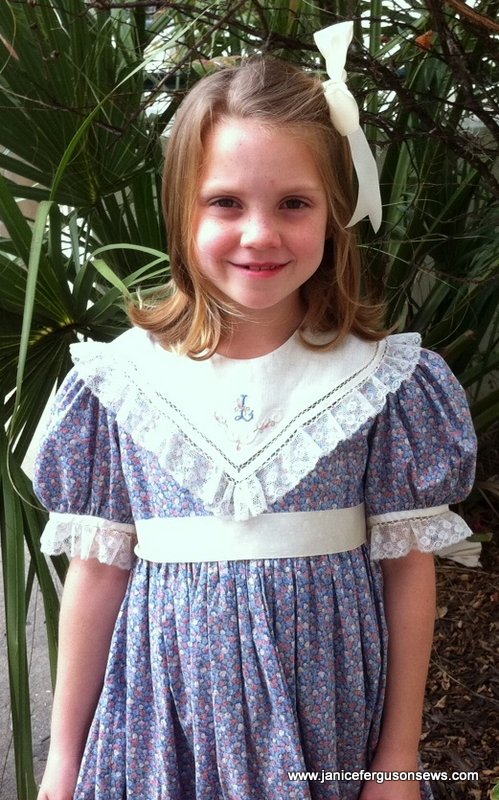
Made in 1986, this lawn dress and the plain linen fagotted collar were made in 1984 for my Rebecca. It was machine monogrammed for dgd Laurel in 2010. Vivian Rose is next in line to wear it.
This Madeira applique’d suit was a gift to my son, Ryan, in 1975. As the first heirloom style garment I had ever seen, its impact on his Mid-Western mother has had lifelong impact.
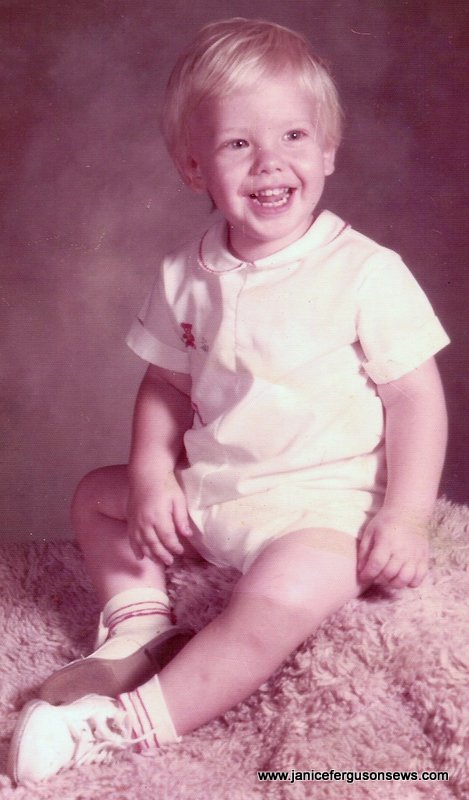
1975, Ryan, wearing a one-piece suit with Madeira aplique’d teddy bears. Each bear poses in a patch of flowers.
The suit was worn by Ryan’s son, Robert Charles, when he was a little younger and a little smaller. Still, he was comfortable and adorable.
Next in line for the suit was Robert’s cousin and Ryan’s nephew, Alastair.
These are just some of the worn and passed on garments in our family. As others have been outgrown and not special enough to save, they have been sold in my Nursery Closet Sales or given away to family friends. I’d like everything I make to be worn out, not laid rest in a cedar chest in near perfect condition or sold at Goodwill for a pittance. Like the pitiful watermelon dress.
Your thoughts?

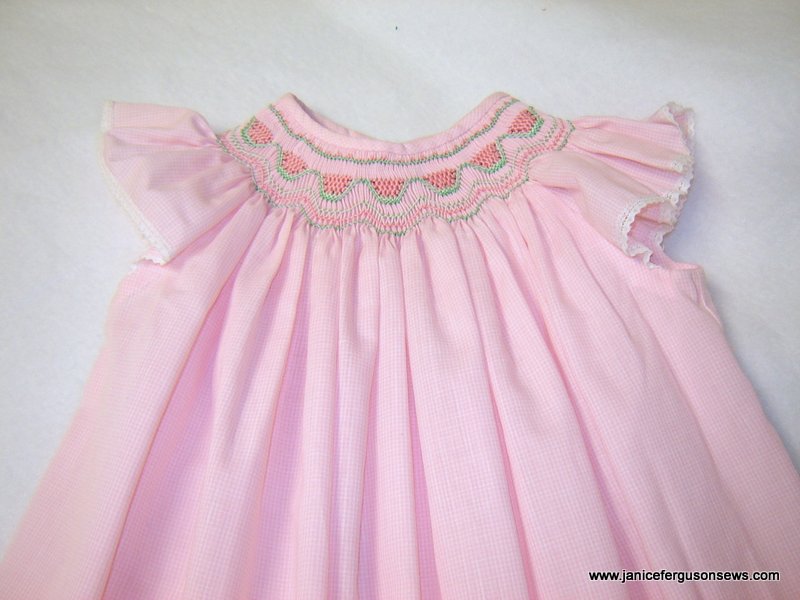
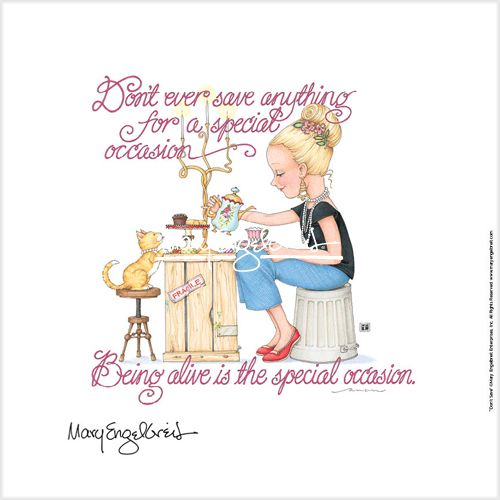
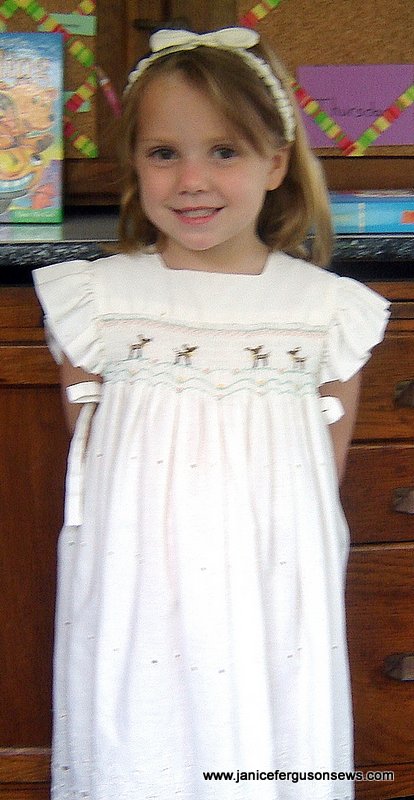

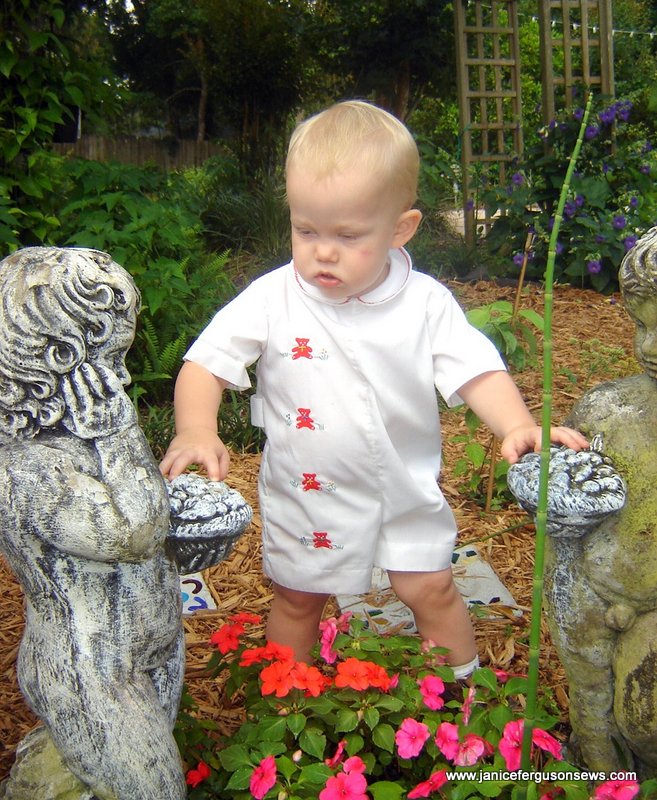

14 responses to “Timeless but Expendable Heirlooms”